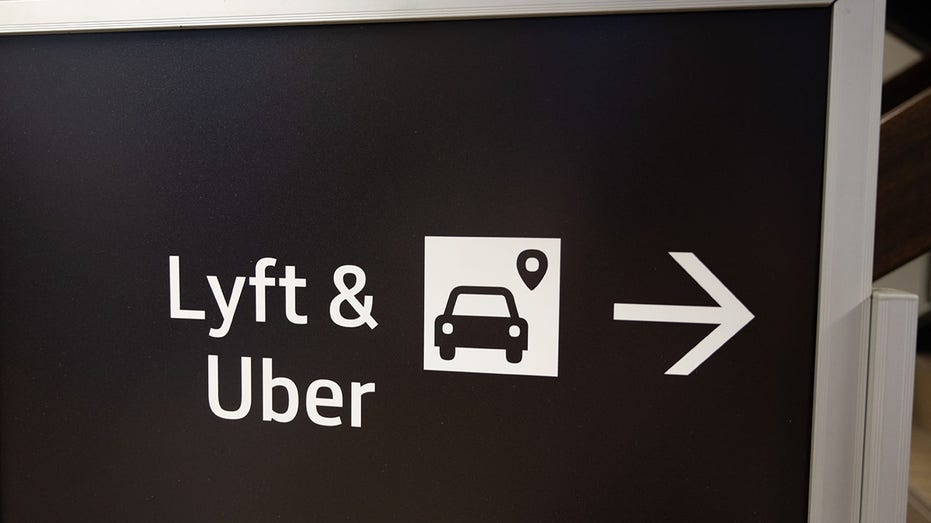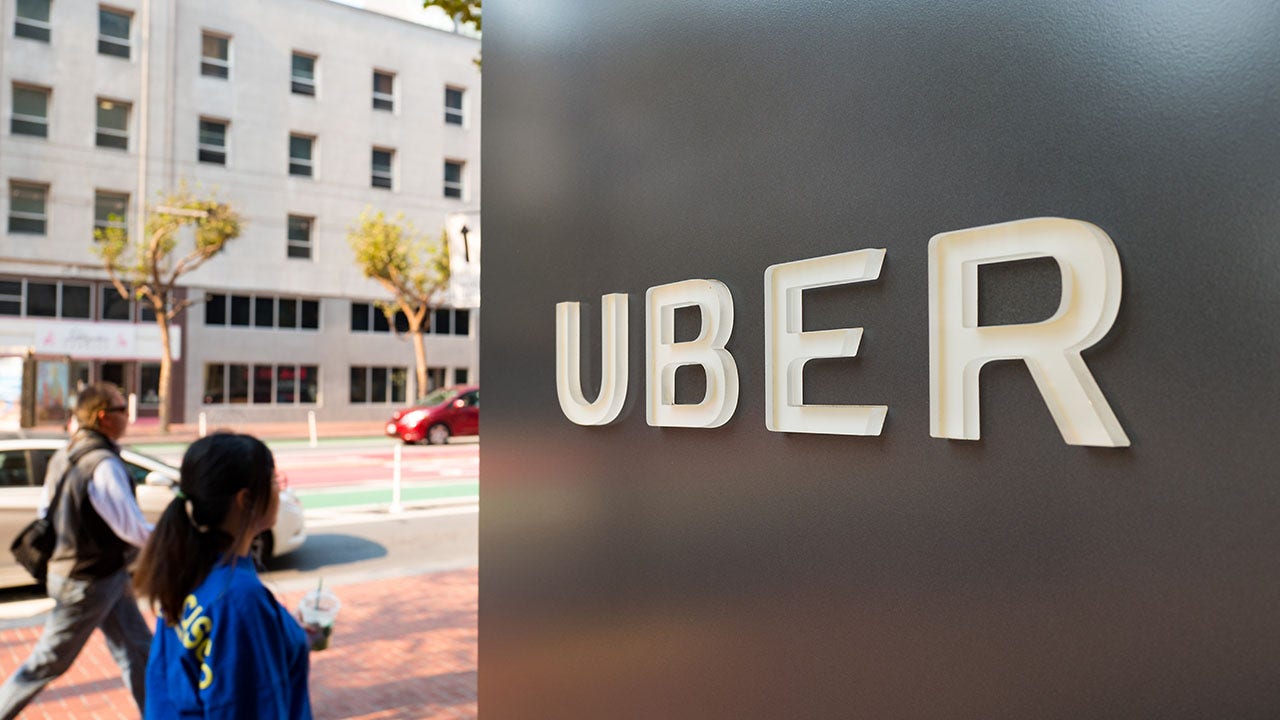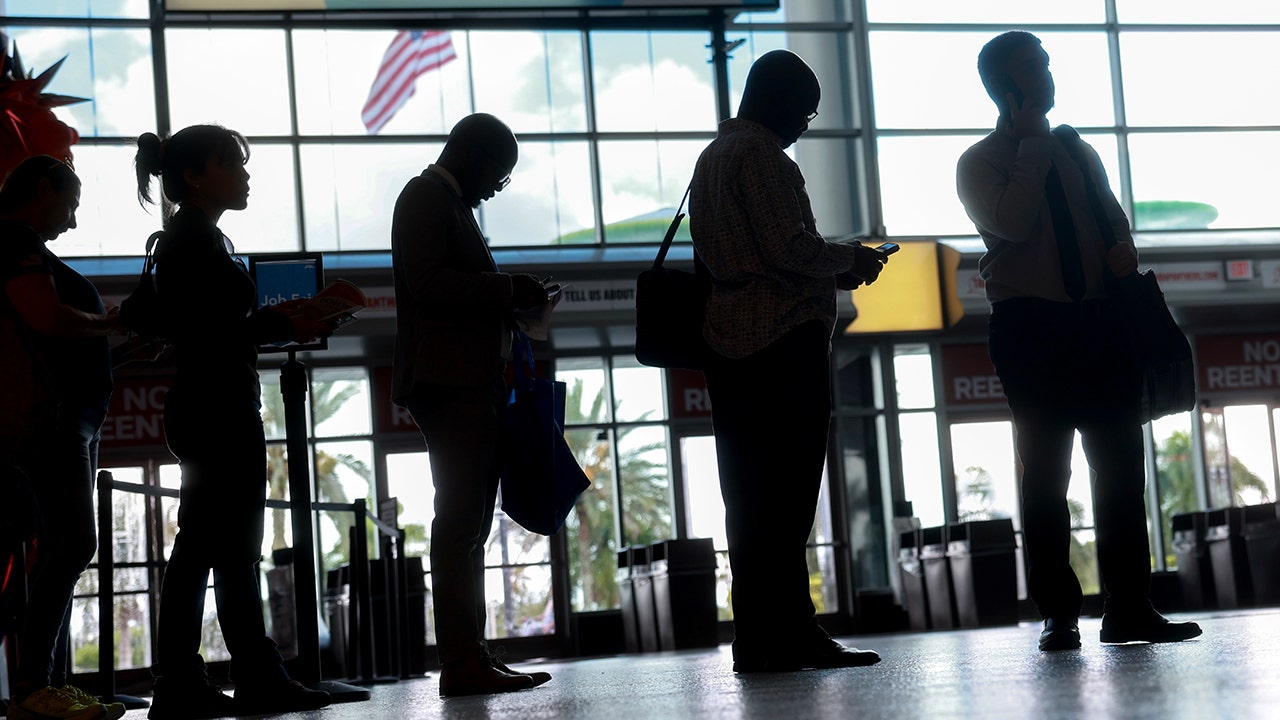Rideshare giants Uber and Lyft are racing to capture a new segment of riders: seniors.
Both companies, in recent months, have been testing their own services tailored toward seniors that include added safety features, live phone support and simplified interfaces so it’s easier to navigate.
But on Wednesday, Uber, which still holds a significantly larger market share, expanded its version – dubbed Senior Accounts – nationwide, a month after launching its test run in Phoenix and Orlando.
The service, which will be integrated into Uber’s Family Profile feature, is described as a simplified version of the app. It offers larger text, fewer buttons and easy-to-navigate screens, Briana Gilmore, Uber’s global head of accessibility policy, told FOX Business.
UBER EXPANDS BEYOND RIDES AND DELIVERY WITH NEW RESTAURANT BOOKING SERVICE
Senior accounts have a feature called saved places, which will let users click on frequent destinations like home or the doctor’s office rather than having to type in the address each time. Since the accounts are part of the Family Profile feature, other members on the account can book rides, change settings, contact the driver and follow the ride in real time to get updates.
Gilmore acknowledged that the industry had fallen short in meeting the needs of older riders.
“Transportation is truly one of the biggest barriers to independence as we age, as all of us age,” Gilmore said. “It’s a barrier to access to health care. To accessing healthy food at your grocery store, being able to pick up the prescription or over-the-counter medication at your pharmacy and just stay connected to your family. We want to be a help in terms of filling that gap for older adults, realizing that they’re more likely to be isolated, which can also incur isolation on whole families and communities.”
UBER OFFERING DRIVERLESS RIDES IN MAJOR TEXAS CITY
Uber simultaneously rolled out a “stripped-down” solution for all older adults trying the platform for the first time, according to Gilmore. Simple Mode, found in the Account section of the app, is geared toward older users who still want full control of the account, but the same streamlined interface.
Gilmore described it as “a simplified version of the app, all the same great options and safety features, but really a stripped-down version. Fewer buttons, bigger text, more streamlined approach.”

Uber started testing both services out in early May just as Lyft began testing its own feature, a streamlined version of its app called “Lyft Silver.”
Lyft, which had only rolled out the service to 25,000 people as of May, said it had streamlined the service to highlight the essentials. Riders will get live phone support and can share details of their rides with trusted contacts, Lyft said. It will also prioritize matching riders with vehicles that are easier to get in and out of.
In a race to dominate the ride-hailing sector, the two major companies have been rapidly rolling out similar services. Both have introduced shuttle options, enhanced airport pickups, ride scheduling, and a “price lock” feature that helps riders avoid surge pricing – for a fee. They’re also working to integrate autonomous vehicles into their platforms.
| Ticker | Security | Last | Change | Change % |
|---|---|---|---|---|
| UBER | UBER TECHNOLOGIES INC. | 82.53 | -1.11 | -1.33% |
| LYFT | LYFT INC. | 15.35 | +0.08 | +0.52% |
However, Lyft CEO David Risher said at the Harvard Business Review Leadership Summit in April that Lyft is gaining market share by offering features unique to its platform, according to the Observer. He pointed to Women+ Connect, a program designed to match women and nonbinary drivers with more women and nonbinary riders.













